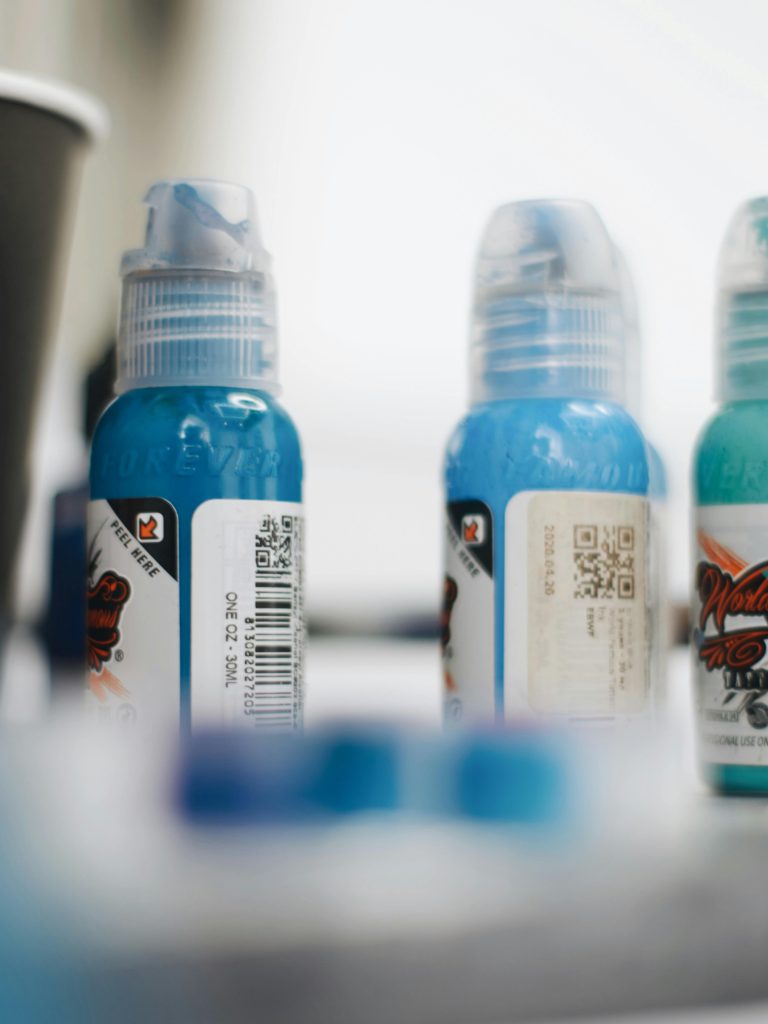Troubleshooting Graphics Card Issues: When It Works Outside the Case but Not Inside
Experiencing issues with your graphics card can be frustrating, especially when it operates perfectly outside the computer case but fails to perform once installed inside. If you’re grappling with this baffling situation, you’re not alone. Let’s explore some potential causes and solutions to get your graphics card up and running properly within the confines of your computer case.
Understanding the Problem
It’s quite intriguing when your graphics card functions seamlessly out of the case, displaying images and supporting all operations. However, once you securely install it into the case, it seems to malfunction while the rest of your PC operates without a hitch. This scenario raises several questions about what might be causing the discrepancy.
Possible Causes
- Case Compatibility:
-
Ensure that your case has sufficient space for the graphics card. If the card is too large or there’s inadequate clearance, it could lead to issues with connection stability.
-
Power Connections:
-
Double-check that all power connectors are correctly plugged in. Sometimes, when components are reinstalled, power cables can become loose or disconnected.
-
Motherboard Seating:
-
Inspect the seating of the graphics card in the PCIe slot. A loose connection can prevent the card from functioning properly when fully encased.
-
Short Circuits:
-
It’s possible the graphics card is experiencing a short circuit when housed in the case. Examine for any debris, metal objects, or standoffs that may be causing contact with the card’s circuit.
-
Thermal Issues:
- If the graphics card is overheating due to restricted airflow within the case, it may shut down to protect itself. Ensure that your case has adequate cooling solutions and that fans are functioning correctly.
Steps to Resolve the Issue
- Recheck Installation:
-
Remove the graphics card and reinstall it, ensuring that it is seated firmly in the PCIe slot without any pressure points against the case.
-
Inspect for Obstructions:
-
Look for any objects or standoffs that could be interfering with the graphics card’s connections. Ensure all cables and components are clear from obstruction.
-
Test with Minimum Configuration:
-
Boot your system with essential components only. This minimal setup can help identify whether another component is causing a conflict with your GPU.
-
Examine Power Supply:
- Verify that
Share this content:



